By : Nikon School Blog | 30 Oct, 2017 |
HDR Photography has been a rage ever since digital photography became popular. Since most early digital cameras were not capable of capturing a wide range of brightness in the same frame, HDR technique became popular. This involved exposing different parts of a high contrast scene with the respectively necessary exposures, and then merging the images in software to obtain an evenly illuminated image. However, this technique was time consuming, required good knowledge of editing software, and the results were often unrealistic.
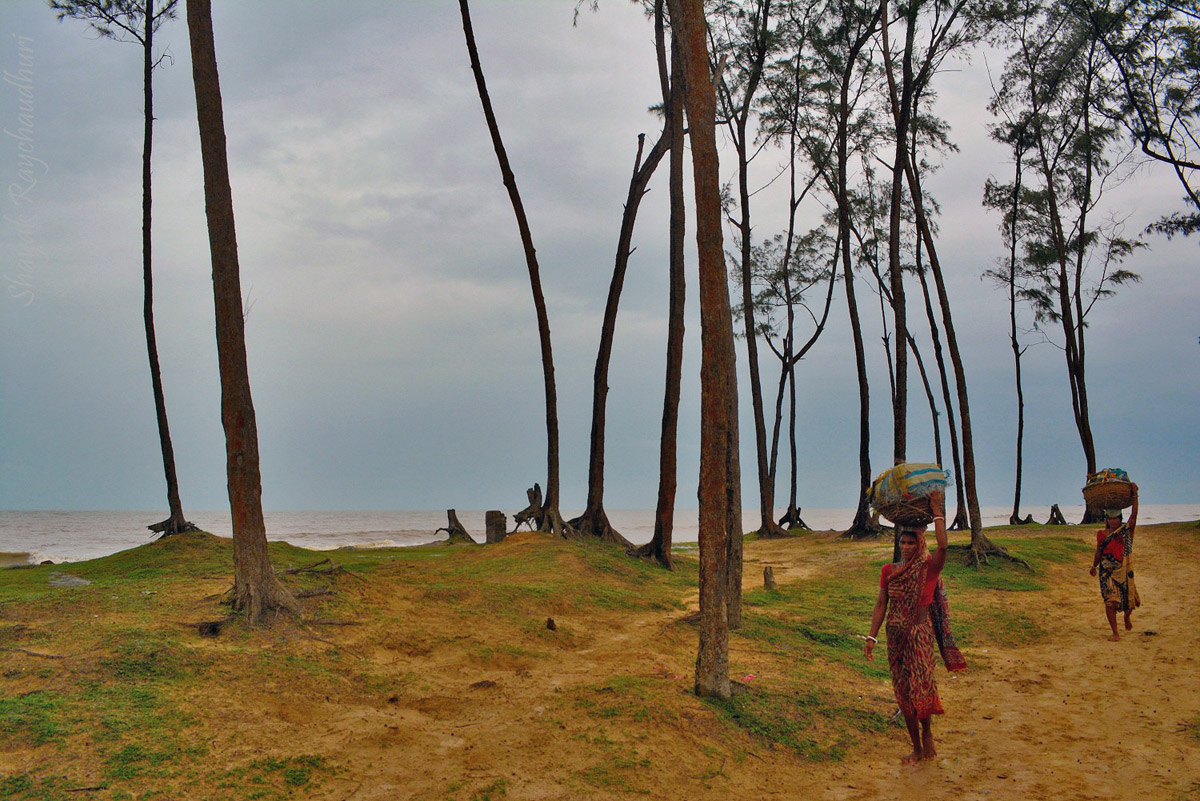
Modern Nikon DSLRs have the amazing capacity to capture details in both the highlights (bright areas) and shadows (dark areas) of a high contrast scene. We just need the right shooting technique to ensure we can get the desired image which captures a high dynamic range of a scene. Using the various modes and features of current Nikon DSLRs you can easily create HDR images without using complicated software.
Active D-lighting and D-lighting Technique
More details can be recovered in the shadows of a digital image, than the highlights. So, the first step in shooting an HDR image is to ensure the highlights are correctly exposed. To do this, Use matrix metering and set exposure compensation at -1 or -2 EV. Alternately, you can use spot metering and meter the highlights. In this case do not use compensation. With this technique, you will get an image with correctly exposed highlights, but under-exposed shadows.
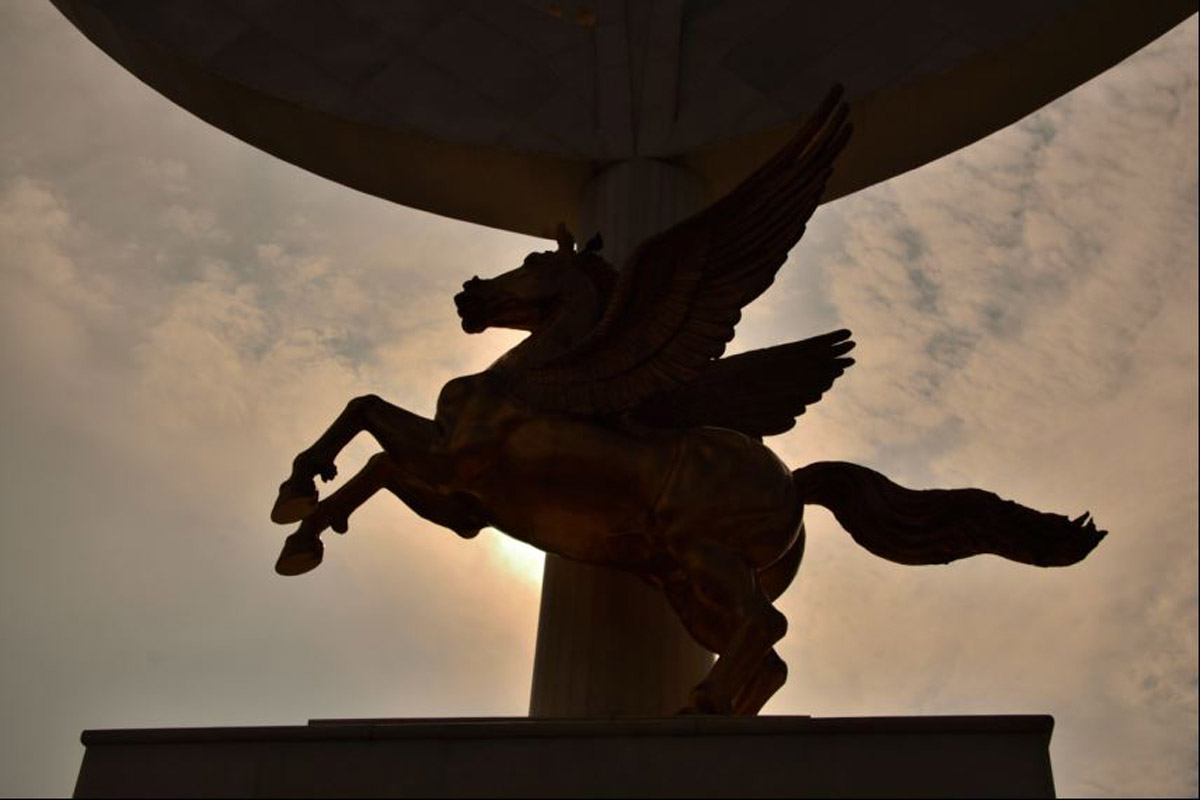
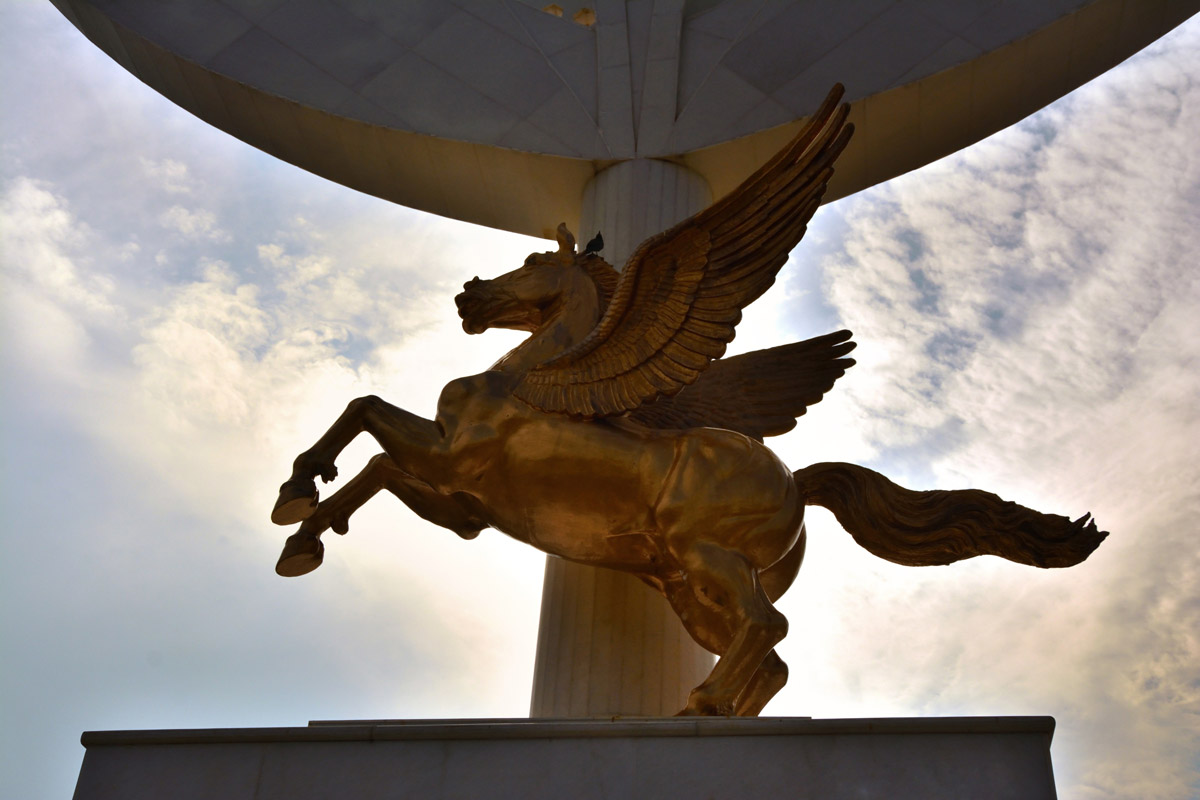
Using Active D'lighting set to high, or extra high (as per your camera model), details in the shadow areas can be captured as well. The resulting image will be a natural looking HDR image.
Another option is to use the retouch menu feature and select D'lighting. Adjust the amount of D'lighting as required.
HDR Mode
The in-camera HDR mode is available in all Nikon DSLRs except the D3XXX series. This mode produces natural looking HDR images, with just the click of the shutter release button. Once set, the camera takes two images, one exposing for the highlights, the other for the shadows, and merges both to give you the final HDR image.
In some models, exposure differential can be adjusted to control the difference between highlights and shadows.


Both ADL and HDR modes work best when matrix metering is selected.
HDR with RAW
The most effective way to shoot an HDR image is to shoot in RAW. A RAW file preserves a much higher amount of data in both the shadows and highlights, as compared to a JPEG file. If the original exposure was about 2 to 3 stops under, then you can use Capture NX-D or View NX i software to apply shadow correction and most of the underexposed data can be recovered.
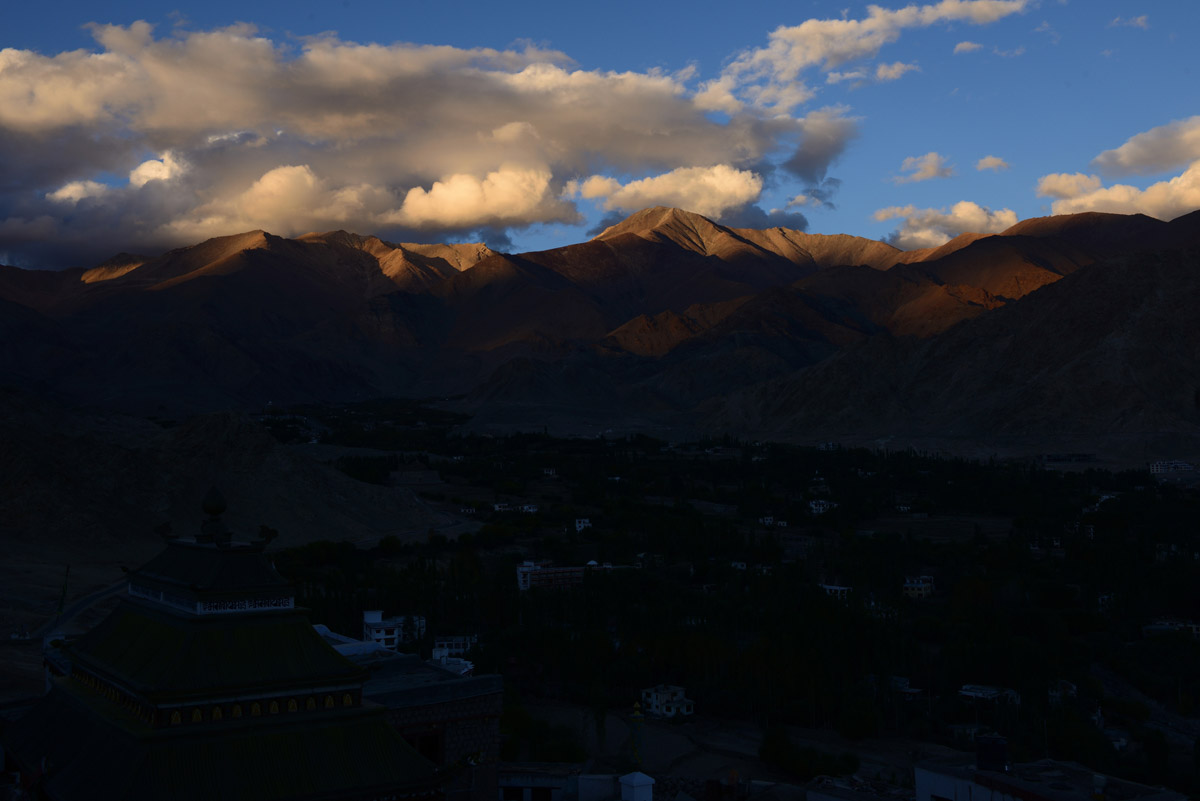
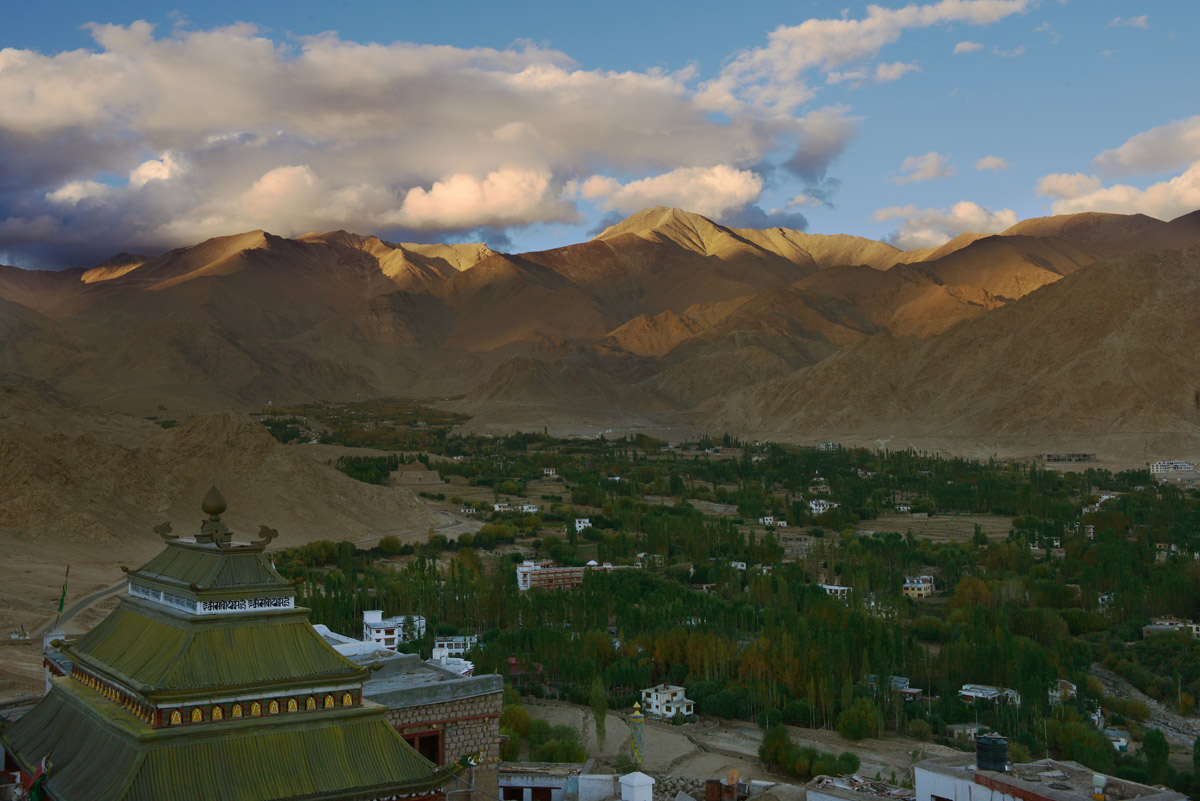
You can also process a RAW file in camera using the Retouch Menu's NEF processing option. This saves a lot of time and effort. New Nikon DSLR models like the D7500 and D850 also offer batch NEF processing. So, you can edit multiple HDR files without needing any software.